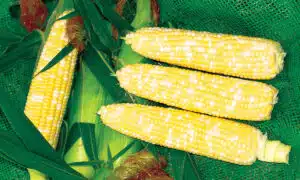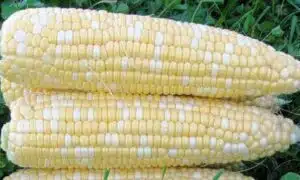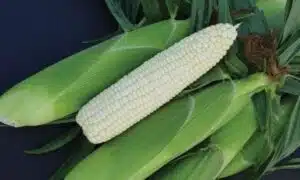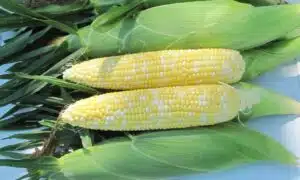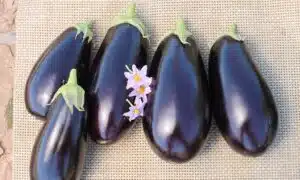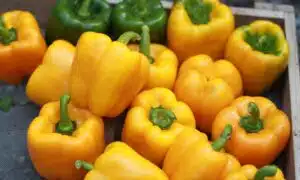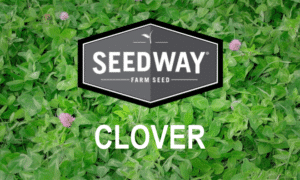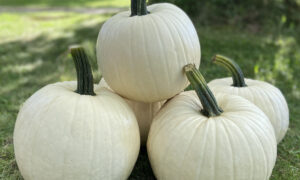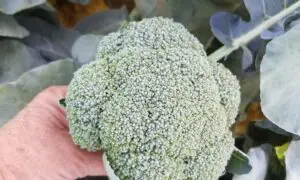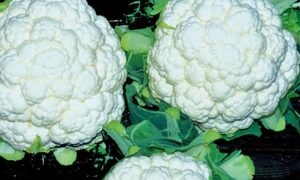Products
Filter Products-
-
Maturity
-
Maturity Days
-
Stalk Strength
-
274A Xtra-Tender™ Sweet Corn (Cruiser Treated)
Shop Seed →For Northern areas only. Good emergence and seedling vigor. Very good eating quality, tender and sweet. Refined kernels, brightly-colored.
-
278A Xtra-Tender™ GCP Sweet Corn (Cruiser Treated)
Shop Seed →Tender, attractive ear, good holding. Adapted to South and North areas.
-
378A Xtra-Tender™ Sweet Corn (Cruiser Treated)
Shop Seed →Tender super sweet with good ear appearance, yield potential. Well adapted to Mid-Atlantic & Northern regions.
-
7143 Sweet Corn (Cruiser Treated)
Shop Seed →Widely-adapted. Vigorous plant tolerates stress well. Attractive, high quality ears are easy to snap.
-
A-1014 Eggplant (Not Treated)
Shop Seed →
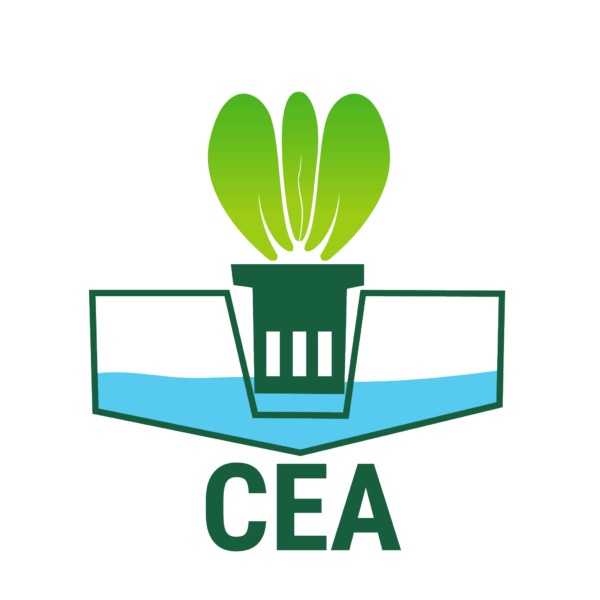

A-1014 brings an entirely new level of quality, earliness, and yield to the “American” style of eggplant. It is up to 10 days earlier than any other variety and will provide a lot of fruit early. The fruit has a refined look and is firm and glossy and a “just right” size for most grocery stores. The calyx are totally spineless and wont scratch the fruit, your customers or harvest crew. Fruit separates easily from the pant with gentle tug. The plant is compact but stays healthy and productive for a full season. Most growers will not need to stake A1014 and plants can be crowded.
-
Abay Bell Pepper (Not Treated)
Shop Seed →Blocky yellow fruit, mostly extra large. Reliable and widely adapted. The fruit is large and fancy with a continuous set.
-
Abay Bell Pepper (Organic)
Shop Seed →
Blocky yellow fruit, mostly extra large. Reliable and widely adapted. The fruit is large and fancy with a continuous set.
-
Abay Bell Pepper (Treated Seed)
Shop Seed →Blocky yellow fruit, mostly extra large. Reliable and widely adapted. The fruit is large and fancy with a continuous set.
DELAYED DELIVERY- ETA– MID JANUARY
-
AberLasting White X Kura Clover
Learn more →

The goal behind the development of AberLasting was to produce a hybrid between white clover (Trifolium repens) and Caucasian clover (Trifolium ambiguum) that incorporated the desirable traits of both species. White clover is by far the most widely used temperate forage legume in grazed pasture for well-established reasons. It is nitrogen fixing, fast growing, highly digestible and high in protein but exhibits only limited persistency under more extreme environmental stress. The closely related Caucasian clover is superficially similar, has similar nutritional characteristics to white clover but has much greater persistency under extreme conditions of stress.
-
Abominable Pumpkin (Farmore)
Shop Seed →New white for 40 count class with the lovely look of a traditional jack-o-lantern.
-
Abrams Broccoli (Treated Seed)
Shop Seed →Plant provides high quality crown with smooth, firm, tight dome shape with flat bottom. Dark green crown color with uniform medium fine bead. Vigorous plant which hold the head up well.
-
Absolute Cauliflower (Treated Seed)
Shop Seed →Excellent uniformity and adaptability. Curds have good density and bright white color. In some areas Absolute can be used in spring.
